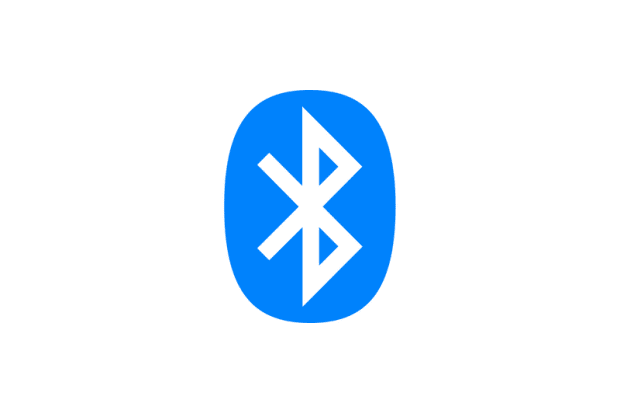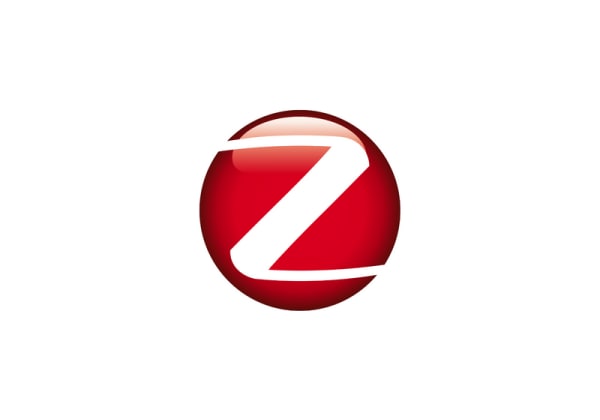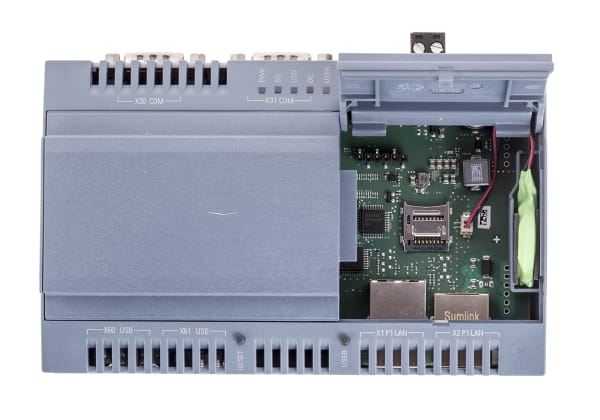- Published 12 Jun 2023
- Last Modified 29 Aug 2023
- 7 min
IoT Communication Protocols
IoT communication protocols come in a wide range of types, ranges, and strengths.

Communication is a fundamental technology in day-to-day life. This guide will explain what an IoT communication protocol is, as well as advise on the different types and their advantages.
What is IoT Communication?

IoT stands for Internet of Things and it is a collective term for devices that connect to the internet, from computers and TVs to remote switches, product line management, buying in stock and other monitoring systems. An IoT communication protocol is simply a set of rules that allow those devices to connect via the internet.
As well as IoT devices for the home, there are also industrial IoT solutions covering security, manufacturing processes, communications and any other application where remote or near control or monitoring is helpful.
IoT Communication Technologies
When talking about IoT communication technologies, we are referring to how communication is delivered through technology. Like any other protocol, several factors influence IoT technology and make up how the protocol operates and communicates between devices.
As with any modern technology, the speed of communication is an important part of an IoT protocol. It is measured in bps (bits per second) or Gbps (gigabits per second), just like other data connectivity you’re familiar with. If packets of data are small (for example simple on/off switches, or sending a temperature reading every 10 minutes), bandwidth can be low, which means cheaper technology that consumes less power. Streaming high-definition video 24/7 will require more capable equipment.
A second factor when looking at IoT communication technologies is their available range, which will determine how the physical layout of the network will look. Range works in conjunction with “Network Topology”, which is the physical and logical layout of a network’s nodes and connections. Examples of network forms include star (all nodes connected to a single hub), ring (nodes connected in a closed loop) and bus (all nodes connected along a single cable).
The power consumption and cost of an IoT protocol are other factors that feed into IoT communication technology decisions. This includes the cost of installing the technology, but also how much it costs to run that technology, and how much power the technology will consume when running. Some devices might run on a small battery for a year, while others will need to be connected to the mains permanently.
A final factor to be considered in IoT communication technology is the ability to build on and progress that technology, which is known as its scalability. This includes the scaling of speed, range and all of the other factors mentioned previously.
Wireless Communication in IoT
When it comes to wireless IoT communication, these can be split into four groups:
- Local and Personal Area Networks, known as LAN and PAN networks. These are the networks used by Bluetooth and Wi-Fi communications
- Low Power Wide Area Networks or LPWAN. These are communication protocols utilised by Sigfox and Lora and involve sending smaller amounts of information across a longer range
- Cellular communication. This is most obviously used in a mobile phone, or a device with its own data communication method
- Mesh networks, which is a protocol used in Zigbee technologies. Mesh networks are designed to communicate information quickly over a short range, using multiple nodes with several potential paths – it can mean the system will survive even if one node goes down
IoT Satellite Communication
Satellite IoT communication addresses the need for businesses to communicate multiple streams of complex data at a larger range. Due to the large range that satellite technology allows, this protocol can transfer data and communications globally. However, a disadvantage is its delays in communication, due to the distance this IoT protocol is needing to transfer data, which can disrupt some time-sensitive activities. It also has the potential to be a more expensive communication technology.
Machine-to-Machine Communication in IoT
Machine-to-machine communication (known as M2M) is the direct communication between two pieces of machinery. This is without human input and can be over a wired or wireless network. This communication method works by using automated software to make decisions based on the data it receives. The machinery is usually then programmed to complete an action, based on the decision it has made. The IoT strengthens this method of communication to bridge two machines’ automation and make a bigger communication circuit and join communication streams. Where M2M IoT has weaknesses is in its application. An M2M IoT protocol can only build on the communication methods of M2M communication technology. Therefore, they may not be a go-to solution for establishing communication technology.
IoT Communication Protocols Comparison
As previously mentioned, there are different types of protocols utilised by different devices. All of these wireless methods fall into four different categories, with each protocol having its own set of advantages and disadvantages.
Zigbee
Zigbee is a lower-range, low-data form of communication that uses a mesh network to communicate at high speeds. The advantage of Zigbee as an internet protocol is its ability to be scaled up. Zigbee allows devices to connect to its network to act as transmitters, meaning that communication between devices and the central hub can be indirect, and the range can be improved almost indefinitely on this particular communication method.
LoRa
LoRa is a form of LPWAN and can communicate and transfer data across large ranges – in some cases up to 5km. It also has low data usage and can communicate with up to 1000 devices. The disadvantage of LoRa is its speed of communication. This technology has a slow speed due to its range of transfer and its low power usage. Due to this, LoRa may not be the best IoT solution if you need fast communication of data.

Bluetooth
Bluetooth, like Wi-Fi, is a common and standard form of communication technology. Bluetooth was designed to be portable and can still be effective in noisy radio frequency environments. It can also connect to multiple devices and maintain a strong and stable connection. The disadvantage of Bluetooth is its lower bandwidth, making it a bad choice for complex applications.
Near-Field Communication
Near-Field Communication or NFC is a short-range IoT protocol that is most used in devices such as card payment apps and key cards. NFC’s advantages are its advanced encryption and its extremely speedy transfer of data and is a very versatile protocol. Its disadvantage is its obvious lack of range, meaning that data is unable to be transferred long distances, although that is of course part of its purpose – close physical proximity is a security benefit of the system that makes it difficult to hack remotely.
Wi-Fi
Wi-Fi is the best-known type of IoT communication technology and is the most diverse in what it can offer. A Wi-Fi IoT operates at a high frequency with a middling range. However, these factors can be altered based on bandwidth. Wi-Fi’s obvious advantage is that it’s a standard form of communication technology. Its disadvantage is apparent when comparing Zigbee vs Wi-Fi. Devices using Wi-Fi have to be within network range to connect and communicate, as Wi-Fi does not operate under a mesh network and cannot use devices connected to it as transmitters.
Wi-sun
Wi-sun is a large range of communication technology that is more present in industrial settings such as agriculture and environmental monitoring. Operating at a similar rate as Wi-Fi, Wi-sun’s advantage is its use of a mesh network to transfer data and communications. This means that a device out of range will still be able to receive communications, unlike Wi-Fi.
Sigfox
Sigfox is similar to LoRa in that it is an LPWAN communication technology that has low data usage. Whilst Sigfox has the same disadvantages as LoRa, it is also prone to inaccurate communication. This is because its power usage is very low, which makes the technology susceptible to disturbance and discrepancies.
Z-Wave
Z-Wave operates similarly to Zigbee in that it uses a mesh network and radio frequencies to communicate with devices. When comparing Z-Wave vs Zigbee, however, Z-Wave uses a lot more power when operating, so could be a less cost-effective option.


